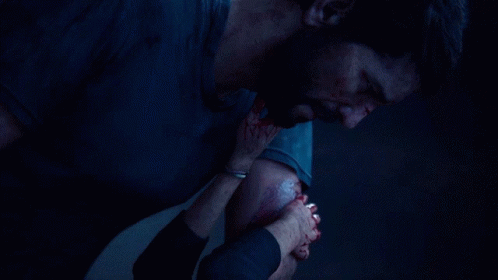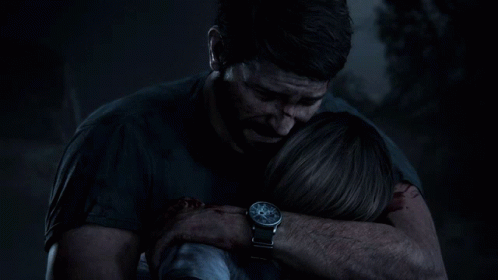IbizaPocholo
NeoGAFs Kent Brockman
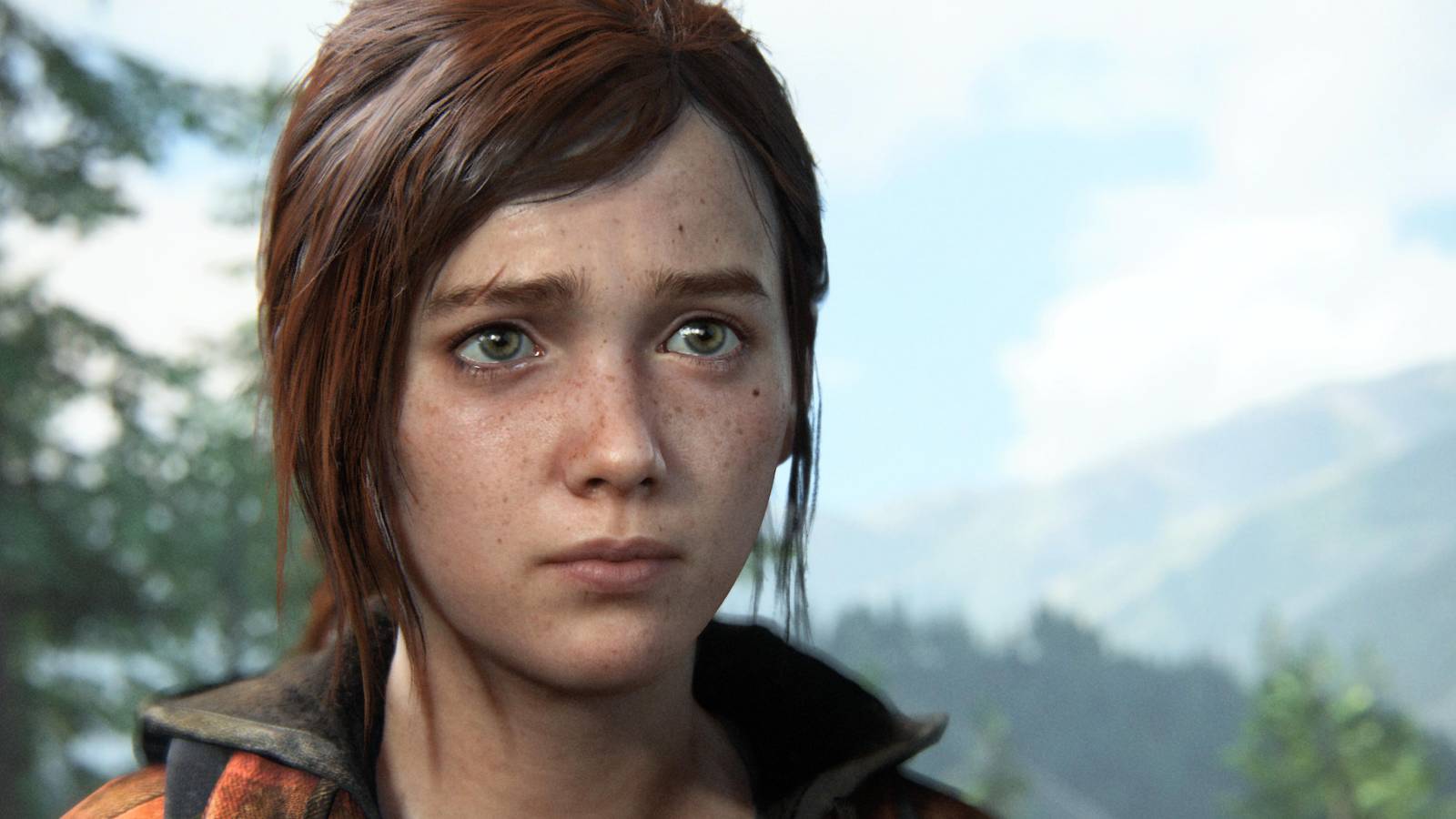
Sony Patent Could Lead to Improved Facial Animations in Games
A recent patent for an AI training system could help free Sony animators from some of the constraints of hand-animated motion capture.
Filed on April 1, 2022, by Sony Interactive Entertainment LLC, the patented system takes mesh data from a human actor captured by a 3D camera to record the depth of the face. This polygonal mesh is used in game development to build accurate human models and is typically handcrafted by animators using the vertices dots on a mocap actor's face as reference. This method is currently the standard across most triple-A videogame development, including the Insomniac's upcoming Spider-Man 2. This system would automatically generate mesh data, however, using a mix of 3D and 2D cameras to train an Artificial Intelligence program that can accurately capture facial expressions and build mesh data with little need for human intervention.
This patent follows an industry trend in its development of AI to produce work that previously took a great deal of human handiwork. The video game industry has seen a huge rise in the use of AI to do many things, from upscaling the resolution of textures to interpolating frames for smoother games. NVIDIA specifically have patented RTX Remix and their Deep Learning Super Sampling systems that make remastering classic games a much easier feat for modders and developers.
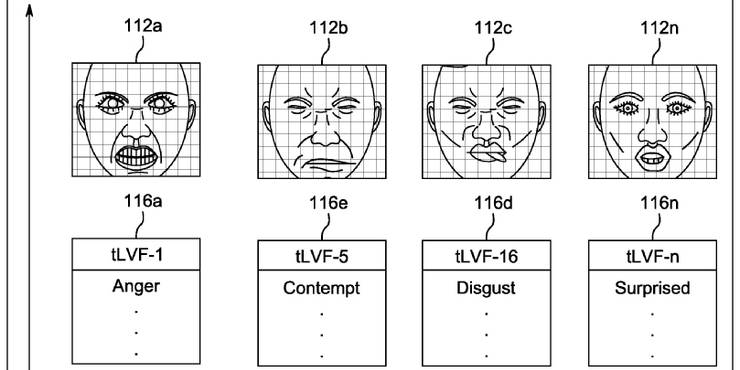
--------------------------------------------------------------------------------------------------------------------------------------------------
.jpg?w=1600&h=900&fit=crop)
Sony Working on Interactive 'What-If' Gameplay System
New patent listing from Sony suggests a special new system that could generate hypothetical game replays to demonstrate features to the player.
The latest in a line of speedy patent submissions, Sony's latest listing refers to a unique "what if" game replay system that would identify and display hypothetical game scenarios that are contextually relevant to the player at a given moment in time. Conceptually similar to Sony's recent player takeover patent, this feature would leverage a special machine-learning algorithm to keep the player engaged by showing them what gameplay outcomes their choices might lead to. This could also prevent frustration at coming to terms with the game's more advanced and complex features, as the player would quickly and easily learn whether they wish to pursue the displayed outcome in the first place.
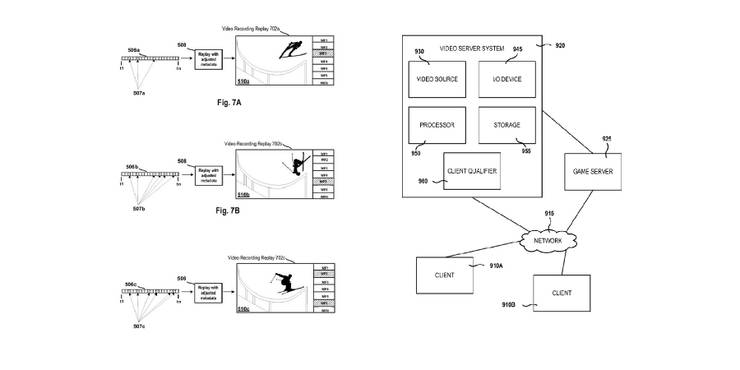
.jpg?q=50&fit=contain&w=960&h=500&dpr=1.5)
----------------------------------------------------------------------------------------------------------------------------------------------------
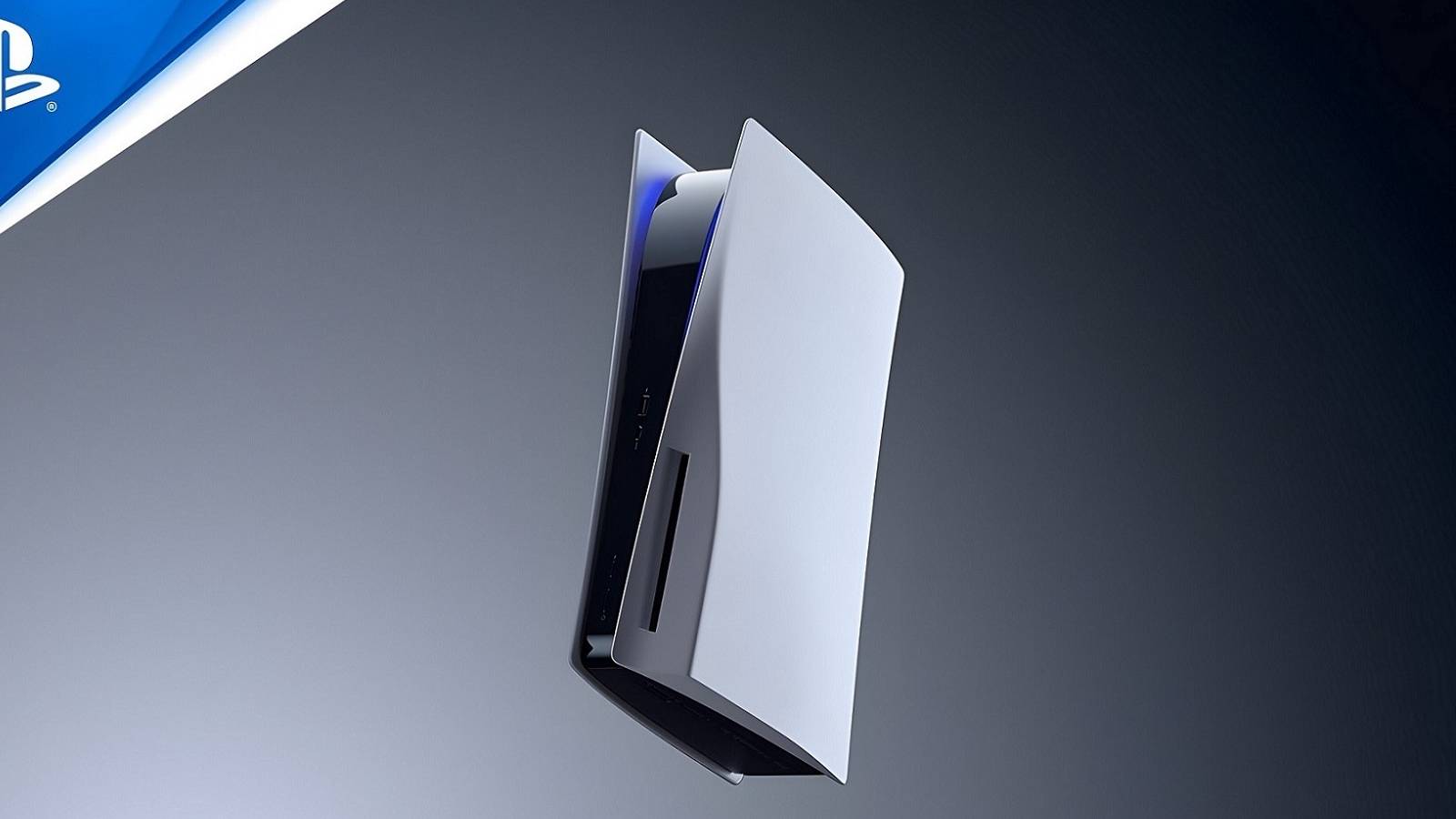
Sony Hoping to Minimize Frame Rate Dips with New Patent
Sony posts a new patent listing that describes a special new frame rate compensation process that could supplement G-Sync and FreeSync technologies.
According to a new patent filing from Sony, PlayStation 5's VRR support could be due for an upgrade sometime down the line. One of the company's latest patent applications describes a special frame rate compensation system that leverages scanouts to smooth out any potential frame dips in taxing gameplay sections. The process includes scanning out the GPU's rendered frames and compensating for fluctuations from the desired target frame rate. And since the described process uses frame buffers to accomplish this job, it's not entirely dissimilar to Nvidia's proprietary G-Sync monitor technology, for example.
In some instances, as the patent describes, the entire frame scanout and compensation process could even be offloaded to a dedicated coprocessor of some sort, which could tie in with Sony's recent multi-GPU hardware patent. Of course, the two listings describe different use cases and situations, but it's unlikely that Sony's engineers aren't thinking ahead and wondering if these technological solutions could work hand-in-hand.





